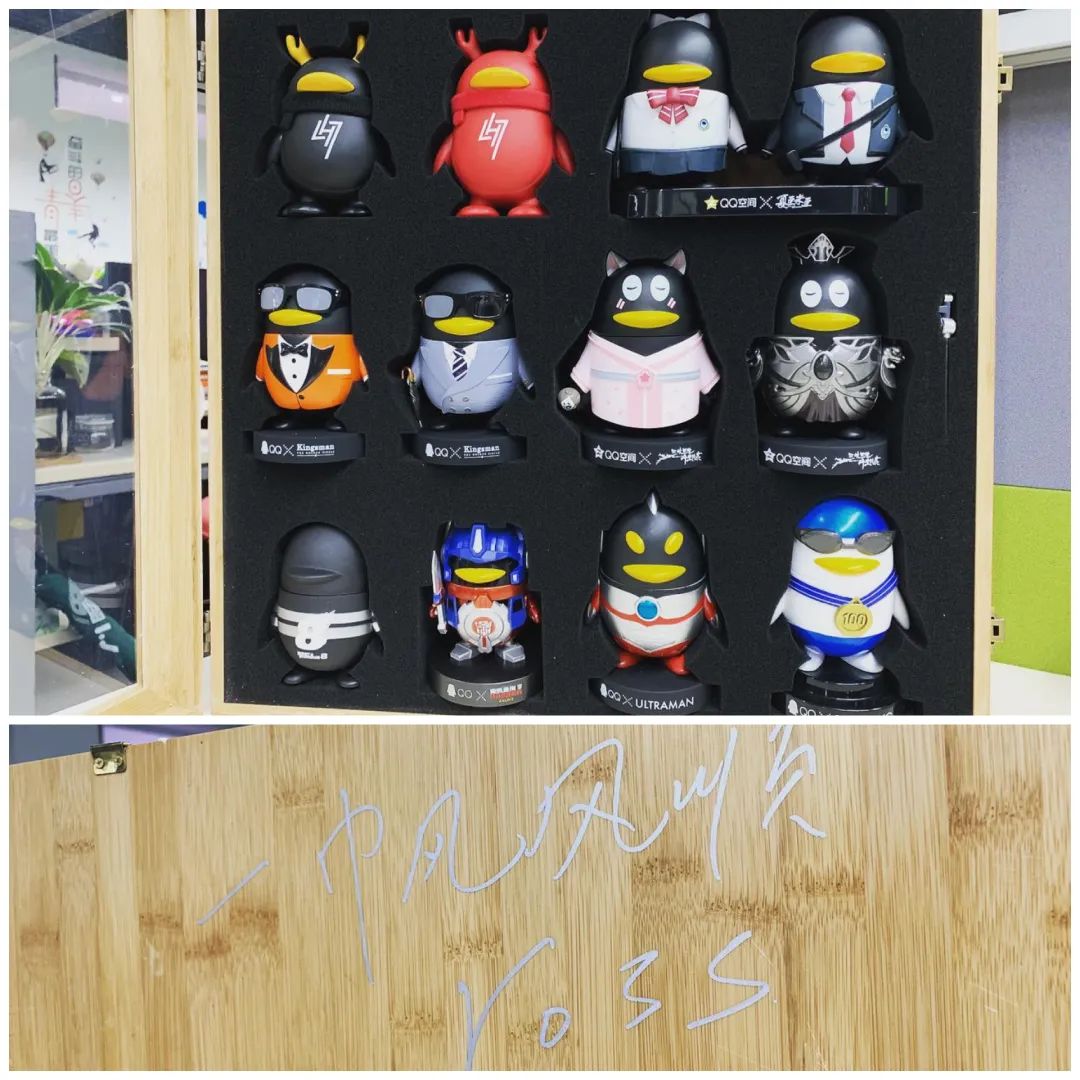I was playing a bit with Eric Lippert's Ref<T> class from here. I noticed in the IL that it looked like both anonymous methods were using the same generated class, even though that meant the class had an extra variable.
While using only one new class definition seems somewhat reasonable, it strikes me as very odd that only one instance of <>c__DisplayClass2 is created. This seems to imply that both instances of Ref<T> are referencing the same <>c__DisplayClass2 Doesn't that mean that y cannot be collected until vart1 is collected, which may happen much later than after joik returns? After all, there is no guarantee that some idiot won't write a function (directly in IL) which directly accesses y through vart1 aftrer joik returns. Maybe this could even be done with reflection instead of via crazy IL.
sealed class Ref<T>
{
public delegate T Func<T>();
private readonly Func<T> getter;
public Ref(Func<T> getter)
{
this.getter = getter;
}
public T Value { get { return getter(); } }
}
static Ref<int> joik()
{
int[] y = new int[50000];
int x = 5;
Ref<int> vart1 = new Ref<int>(delegate() { return x; });
Ref<int[]> vart2 = new Ref<int[]>(delegate() { return y; });
return vart1;
}
Running IL DASM confirmed that vart1 and vart2 both used <>__DisplayClass2, which contained a public field for x and for y. The IL of joik:
.method private hidebysig static class Program/Ref`1<int32>
joik() cil managed
{
// Code size 72 (0x48)
.maxstack 3
.locals init ([0] class Program/Ref`1<int32> vart1,
[1] class Program/Ref`1<int32[]> vart2,
[2] class Program/'<>c__DisplayClass2' '<>8__locals3',
[3] class Program/Ref`1<int32> CS$1$0000)
IL_0000: newobj instance void Program/'<>c__DisplayClass2'::.ctor()
IL_0005: stloc.2
IL_0006: nop
IL_0007: ldloc.2
IL_0008: ldc.i4 0xc350
IL_000d: newarr [mscorlib]System.Int32
IL_0012: stfld int32[] Program/'<>c__DisplayClass2'::y
IL_0017: ldloc.2
IL_0018: ldc.i4.5
IL_0019: stfld int32 Program/'<>c__DisplayClass2'::x
IL_001e: ldloc.2
IL_001f: ldftn instance int32 Program/'<>c__DisplayClass2'::'<joik>b__0'()
IL_0025: newobj instance void class Program/Ref`1/Func`1<int32,int32>::.ctor(object,
native int)
IL_002a: newobj instance void class Program/Ref`1<int32>::.ctor(class Program/Ref`1/Func`1<!0,!0>)
IL_002f: stloc.0
IL_0030: ldloc.2
IL_0031: ldftn instance int32[] Program/'<>c__DisplayClass2'::'<joik>b__1'()
IL_0037: newobj instance void class Program/Ref`1/Func`1<int32[],int32[]>::.ctor(object,
native int)
IL_003c: newobj instance void class Program/Ref`1<int32[]>::.ctor(class Program/Ref`1/Func`1<!0,!0>)
IL_0041: stloc.1
IL_0042: ldloc.0
IL_0043: stloc.3
IL_0044: br.s IL_0046
IL_0046: ldloc.3
IL_0047: ret
} // end of method Program::joik





